The Harem Anime Dilemma: When Dream Scenarios Meet Awkward MCs

Harem anime is a genre of light novels, manga, anime, and video games that centers around a protagonist surrounded by multiple potential romantic or sexual partners. This setup often creates a complex web of relationships and interactions, leading to romantic entanglements, comedic situations, and sometimes dramatic tension. Think of it as a buffet of love interests where the main character can practically drown in romantic options — but without the messy aftermath of real-world relationships.
This genre enjoys widespread popularity, particularly among male anime fans. Why? Because it taps into a certain kind of wish fulfillment. The fantasy of being the focal point of multiple women's affection and attention can be incredibly appealing. It's like winning the romantic lottery, except without the demanding responsibilities or real-world consequences. It's escapism at its finest, catering to the often complex desires and imaginations of its audience.
Now, let's talk reality versus fantasy. In harem anime, characters often fall head over heels for the protagonist, seemingly without much effort on his part. He's frequently average or even socially awkward, yet magically, this doesn't deter his many admirers. This contrasts starkly with the real world, where relationships require effort, mutual interest, and, dare we say, actual communication. In reality, juggling multiple romantic interests would likely lead to chaos and heartbreak, rather than the comedic or heartwarming outcomes often portrayed (The Artifice).
The allure lies in its simplicity. Harem anime offers a controlled environment where the protagonist's biggest problem is choosing between equally devoted love interests. It's an idealized setup, far removed from the complications of genuine human interaction. This contrast highlights the genre's primary appeal: it's a fun escape from the messy, unpredictable nature of real-world romance.
Moving on, the dynamics of these harem scenarios often include shy, socially awkward protagonists who somehow find themselves in these dream-like situations. This paradox forms the crux of many narratives, driving both comedic and developmental arcs forward.
The Paradox of Shy Male Protagonists
At the heart of many harem anime lies an unexpected figure: the socially awkward, shy male protagonist. This trope is so prevalent that it’s practically synonymous with the genre itself. You might wonder, "Why does every harem setup feature a character who can barely muster the courage to say 'hello,' let alone handle the attention of multiple love interests?" The answer lies in the audience's ability to relate and self-insert themselves into the protagonist’s shoes.
These characters often lack a strong personality, with their biggest redeeming feature being their inherent niceness (which is not always a problem). This blandness is actually intentional—by designing a blank slate of a protagonist, fans can project themselves onto the character and fully immerse themselves in the fantasy (Gamerant).
The paradox shines brightest in the glaring contrast between the protagonist's shy demeanor and the outlandish, often chaotic, circumstances they find themselves in. Imagine someone who struggles with basic social interactions suddenly juggles the affections of multiple romantic interests. It’s an absurd setup, but it’s precisely this contradiction that adds an element of comedy and charm to the narrative. The shy protagonist's bewilderment and awkward responses provide a treasure troork:
This is where the harem trope comes in. By presenting a protagonist who is socially awkward and unpopular, but who is suddenly surrounded by a group of attractive women who are interested in him, anime writers are creating a scenario that many fans can relate to. Viewers laugh, cringe, and cheer for the protagonist, who shares their social anxieties and gets to live out a dream-like scenario (Medium).
One might ask why the industry continues to crank out these socially stunted heroes. Well, the reasons are multifaceted:
-
Target Demographic: The primary audience for harem anime is usually young males who may themselves be navigating social awkwardness and dating challenges. Hence, a protagonist who mirrors their experiences and insecurities makes the story more accessible and entertaining (CBR).
-
Narrative You: A socially awkward protagonist provides ample room for growth and character development. Overcoming their shyness and gaining confidence becomes a compelling narrative arc that keeps audiences hooked, rooting for personal triumph.
-
Fantasy Fulfillment: At its core, the harem genre thrives on the fantasy of being desired by many, even when one feels fundamentally undeserving. The shy protagonist embodies this fantasy by turning the tables on real-world dynamics, where the underdog wins the affection of many.
As you can see, the shy male protagonist remains a staple in harem anime. While often serving as a figure of comedy and a vessel for fan projection, these characters also present a unique juxtaposition to the otherwise fantastical, harebrained dynamics of the harem genre.
Cultural Influences on Character Portrayals
Japanese culture, known for its emphasis on modesty, humility, and group harmony, significantly impacts character portrayals in harem anime. Many characters, especially male protagonists, embody these cultural values by displaying shy and reserved personalities. This reflects the broader societal expectation that one should avoid drawing attention to oneself and work towards maintaining social harmony (AsialinkBusiness).
Interestingly, Japanese communication often involves indirect expressions to avoid conflict. This subtlety in social interactions transfers seamlessly into the harem anime genre, where characters often struggle to openly express their emotions or desires (ResearchGate).
The prevalence of socially awkward characters in harem anime can be seen as a mirror to real-life conditions such as social anxiety and Taijin Kyofusho—a cultural syndrome marked by an intense fear of embarrassing or offending others (VerywellMind). This societal issue is more pronounced in Japan, where individuals are conditioned to value collective harmony over personal expression, making shyness and social anxiety more prevalent (NCBI).
Japanese culture highly values modesty and restraint, which are core elements that harem anime often emphasize through their characters. Protagonists and other characters frequently exhibit humble behavior, deflect praise, and avoid being boastful (NYTimes). Even in romantic entanglements, showing overt affection or aggression is usually toned down, adhering to cultural norms (Medium).
This cultural framework not only shapes character behavior but also dictates story pacing and development. For example, situations that might lead to immediate confrontations or quick romantic resolutions in Western narratives are often prolonged and treated with greater sensitivity in harem anime, adding layers of tension and gradual character development.
As we delve deeper into harem anime, it's clear that the shy male protagonist isn't just a random trope but a culturally tuned character design that resonates with Japanese social expectations and real-life anxieties. This cultural fabric weaves an intricate backdrop against which the characters evolve, making their growth arcs all the more engrossing for viewers.
The Role of Character Development
Harem anime often kicks off with a socially awkward protagonist who, despite their shyness, finds themselves surrounded by often vibrant and outgoing love interests. This setup isn't incidental; it's a narrative goldmine that digs deep into character development. Though fans can initially relate to the shy lead's struggles, it’s their growth journey that keeps viewers hooked. Seeing a timid character slowly transform into someone more confident hits close to home for many, making the fantasy elements a bit more relatable.
For instance, take Hachiman Hikigaya from "Oregairu" or the classic example of Shouya Ishida from "A Silent Voice." Both start out as characters overwhelmed by social anxiety but undergo significant development over the course of their respective series. This transformation makes their final triumphs not only believable but also incredibly satisfying.
Using social awkwardness as a starting point is not just about creating a relatable character; it paves the way for dramatic narrative arcs. The journey from shyness to confidence often involves small, incremental changes. For example, Yukinari from "Girls Bravo" starts off with a phobia of girls but works to overcome his issues, highlighting the slow but impactful nature of character growth.
Anime often mirrors real-life struggles, making these characters' developments resonate more. Whether it’s joining a club, making a new friend, or standing up for themselves, these small victories are stepping stones to bigger triumphs. The characters' social growth is often tied to the broader plot, making it deeply engaging.
A huge reason for the popularity of shy protagonists is relatability. We've all faced awkward situations or moments of insecurity, making it easy to connect with these characters. Characters like Shigeo from "Mob Psycho 100" who deals with social anxiety, or Shoko Komi from "Komi Can't Communicate," who strives to overcome her social inhibitions, serve as mirrors reflecting our own experiences. It’s comforting to see characters tackle and triumph over challenges similar to our own, offering a form of escapist therapy.
This relatability is instrumental in keeping viewers emotionally invested. As we see these characters evolve, their growth inspires and offers hope that real-world challenges can also be overcome. This narrative journey, while primarily fantasy, becomes intertwined with real-life lessons on resilience, growth, and self-improvement.
As we explore the intricacies of harem anime, it's crucial to delve into the portrayal of female characters and how gender dynamics influence the narrative. This will pave the way for a comprehensive understanding of the genre's appeal and evolution.
Gender Dynamics in Harem Anime
Harem anime often showcases a single male protagonist who, against all odds, finds himself surrounded by a bevy of adoring female characters. These characters are frequently designed to cater to different idealized visions of womanhood, such as the "tsundere" or "yamato nadeshiko." Unfortunately, this often leads to the oversexualization of female characters, where their primary function is aesthetic or to bolster the protagonist's appeal.
One glaring issue is the trope of the "female character with no growth arc." Many of these characters exist solely to support the male lead, rarely receiving any substantial development or narrative agency. For instance, shows like "Infinite Stratos" exemplify this critique, where female characters remain stagnant in their roles as love interests or rivals, with little to no personal growth (The Vault Publication).
The genre has come under fire for perpetuating harmful stereotypes about women. The female characters often embody exaggerated physical traits while lacking depth. This overemphasis on appearance does not just limit their potential for growth but also risks reducing them to mere eye candy. The problematic aspect comes into sharp focus when these portrayals are not mirrored for male characters, indicating a one-sided fan service that objectifies women almost exclusively (The Vault Publication).
One notable critique is the sexualization of female characters who do nothing to present themselves in such a way, yet the camera angle or narrative context forces this portrayal upon them. It sends a signal that the female character's worth is tied to their physical appeal, reducing their role to spectator gratification rather than meaningful participation in the story (The Vault Publication).
However, it’s not all doom and gloom. There are examples where harem anime or other genres evolve beyond these stereotypes. Shows like “Kill La Kill,” despite its initial appearance of oversexualization, offer complex and well-developed female characters, illustrating that nuanced female portrayals can exist within the genre (The Vault Publication).
More recent anime trends are starting to break from these moldy clichés. Female characters are increasingly portrayed with richer backstories and individual aims, allowing them to stand as independent entities rather than just accessories to the male lead. Anime like "Nana" and "Ghost in the Shell" have been paving the way for such more balanced narratives (The Vault Publication).
As these changes take root, we see a shifting paradigm in how gender is represented in harem and broader anime genres. It suggests a not-so-distant future where female characters are allowed to flourish and evolve with their own narrative arcs.
The Persistence of the Shy MC Trope
Let's be real—shy male protagonists in harem anime are a dime a dozen. This trope has persisted for years, and it's not just because writers have run out of ideas. There's a deeper connection here, a reason why these characters resonate so strongly with audiences.
For many fans, these socially awkward main characters are incredibly relatable. They offer a mirror in which viewers can see their own struggles reflected. Whether it’s the crippling anxiety at social gatherings or the feeling of being an underdog, these characters provide a comforting sense of familiarity. This identification fosters a deeper emotional connection, making the character’s triumphs feel like personal victories.
Traditional notions of masculinity often spotlight the alpha male—the confident go-getter who's always in control. In stark contrast, the shy protagonists in harem anime offer a refreshing alternative. They subvert these stereotypes, presenting a version of manhood that's sensitive, hesitant, and full of self-doubt. This subversion isn’t just a gimmick; it challenges conventional ideas and opens up a broader spectrum of what it means to be a man.
Otaku culture—the Japan-centric fandom of anime, manga, and related media—is a huge part of why the shy MC trope has staying power. The audience for harem anime often includes people who find social interactions challenging. These viewers see themselves in the shy protagonist, which makes the fantasy of multiple love interests all the more appealing. After all, who wouldn’t want a bit of escapism where they’re the center of attention, desired despite, or even because of, their quirks?
This mix of relatability, stereotype challenge, and cultural resonance keeps the shy MC trope alive and kicking in harem anime. The next time you queue up a series, you're likely to meet another socially awkward lead, ready to navigate the minefield of romance, one cringe-worthy encounter at a time.
As we dive deeper into the genre, it’s worth noting that not all harem anime stick to this formula. Some take a different approach, featuring confident male protagonists who break the mold. But that's a topic worthy of another discussion.
Breaking the Mold: Exceptions to the Rule
While many harem anime stick to the shy, socially awkward male protagonist trope, exceptions exist that flip the script. A prime example is Yuuji Kazami from "The Fruit of Grisaia." Unlike his timid counterparts, Yuuji exhibits confidence, tactical prowess, and a mysterious backstory, giving him a unique appeal.
His bold demeanor not only sets him apart but also makes the interactions with his love interests more dynamic and sometimes intense. Similarly, Keima Katsuragi from "The World God Only Knows" operates with unshakeable confidence. As a self-proclaimed "God of Conquest," his mastery over dating sims gives him the audacity to tackle real-world romances with calculated precision.
The harem genre has begun to move beyond one-dimensional characterizations. This shift implies not just stronger male leads but also more nuanced female characters. Modern examples include shows like "Date A Live," where protagonist Shido Itsuka evolves from a seemingly standard nice guy to someone with increasing resilience and strategic thinking. Meanwhile, the female characters are given their own arcs, motivations, and complexities, which is a welcome departure from their earlier, more stereotypical portrayals.
Interestingly, the audience response to these non-traditional leads has been overwhelmingly positive. Viewers appreciate the variety and depth brought to the genre, making it feel refreshing and innovative. Take "Akatsuki no Yona," for instance—a reverse harem led by a strong female character that defies the usual gender norms. It earned praise for its convincing storytelling and rich character development, proving that breaking the mold can be both critically and commercially successful.
These changes signify the genre’s potential for evolution, laying the groundwork for future narratives to explore more diverse and realistic character arcs. This direction keeps the genre vibrant and connects more deeply with the audience's evolving tastes.
As the harem genre continues to grow, it will be fascinating to see how these innovations influence upcoming titles and reshape audience expectations.
The Future of Harem Anime
The harem anime genre is undergoing a transformation, one that promises more nuanced character portrayals and diverse protagonist types. With a growing demand for better storytelling, the industry finds itself at the crossroads of fantasy and realism.
Gone are the days when harem anime centered solely on one-dimensional characters. Modern harem anime are evolving to feature well-rounded individuals who undergo meaningful development. Protagonists, who were once defined by their timidness, are now showing layers of complexity. They face real-world challenges, from emotional growth to understanding interpersonal relationships.
For instance, series like "Chivalry of a Failed Knight" initially present familiar harem tropes but subvert expectations by developing the relationships early on and building from there. Such an approach not only adds depth but also keeps the audience invested in character arcs and resolutions.
The traditional portrayal of the shy, socially awkward male protagonist is slowly making way for a more diverse range of leads. Confident and assertive male characters are beginning to dominate the screen, challenging old stereotypes. Yuuji Kazami from "The Fruit of Grisaia" is a prime example; his calm, composed demeanor combined with a mysterious past hooks the viewer beyond the typical harem setup.
Additionally, female-centric harem anime are gaining traction, providing fresh perspectives. Titles like "Akatsuki no Yona," where the female protagonist embarks on a journey of self-discovery while surrounded by male admirers, are breaking new ground.
A crucial aspect of harem anime's future lies in balancing its fantastical elements with believable character growth. While the genre thrives on exaggerated scenarios and larger-than-life romantic escapades, grounding these in relatable emotional experiences can enhance the appeal.
Series like "Date A Live" manage this balance well. While it retains the quintessential harem elements, it also incorporates substantial character development, giving viewers more than just eye candy. There's a discernible shift towards stories that don't just tick off genre tropes but engage the audience in a meaningful narrative.
In summary, the future of harem anime looks promising. With evolving trends in character development, an increase in protagonist diversity, and a balanced approach to blending fantasy with realism, the genre is set to broaden its horizons and appeal to an even wider audience. Let's just hope the trend continues, bringing more layers and richness to the anime we love.














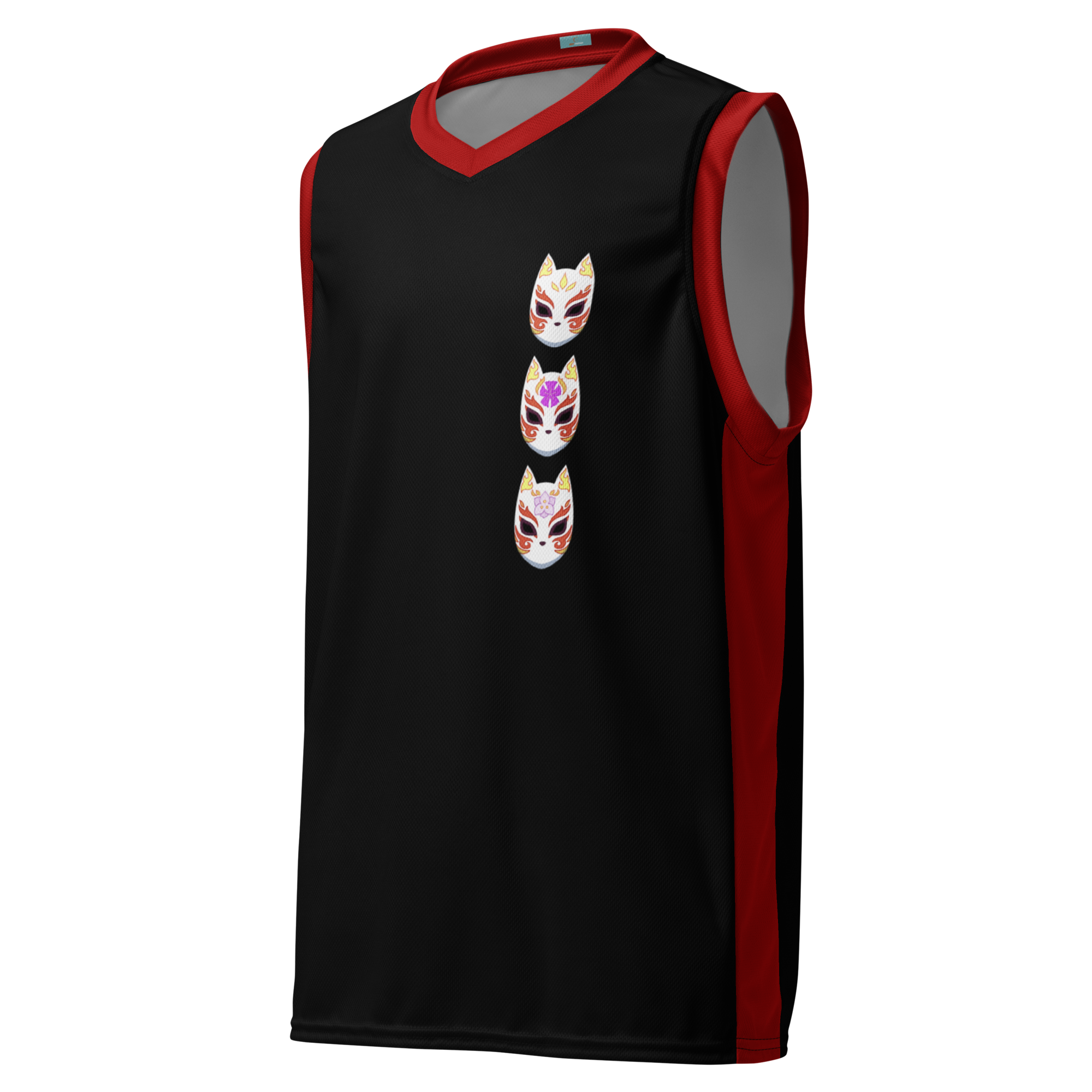

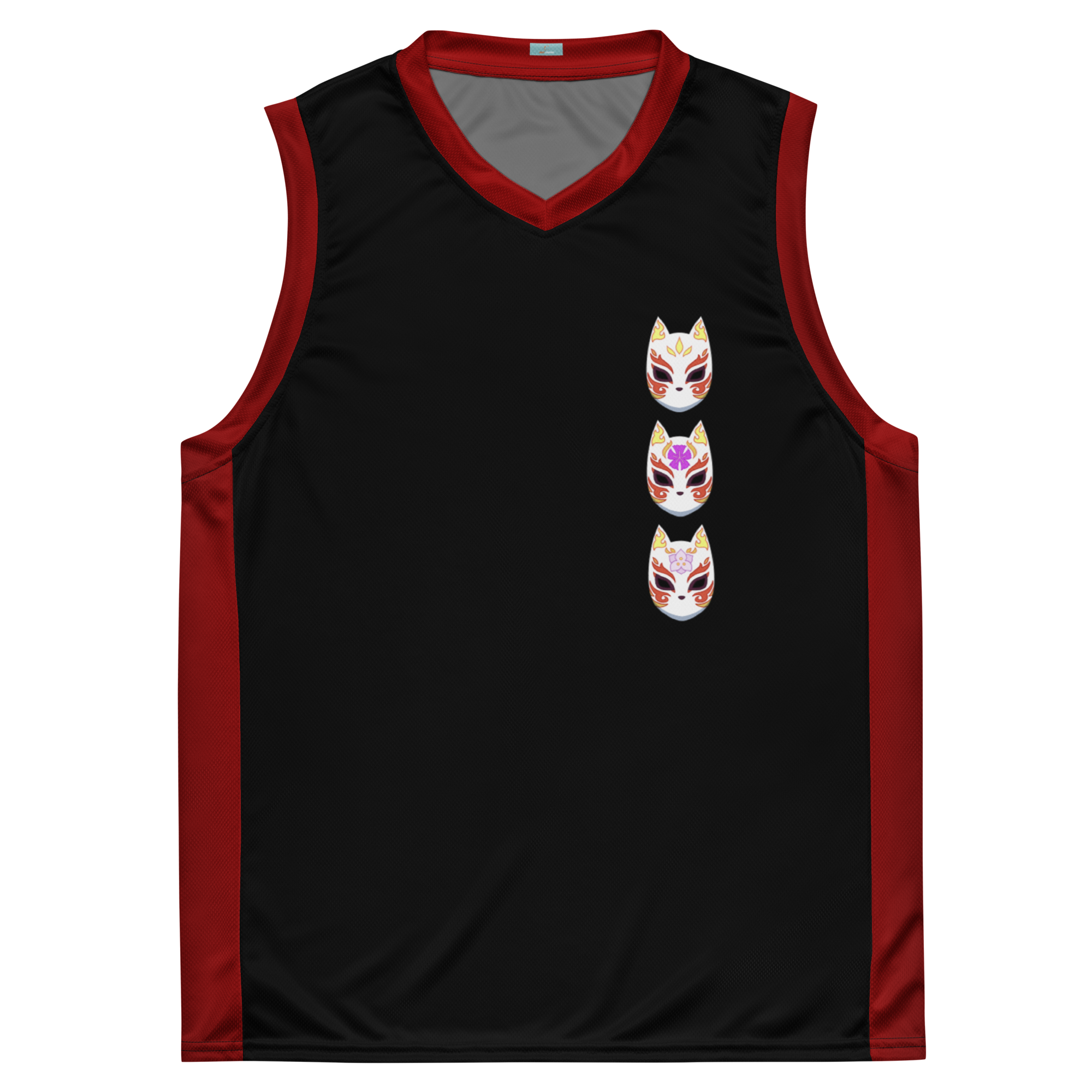
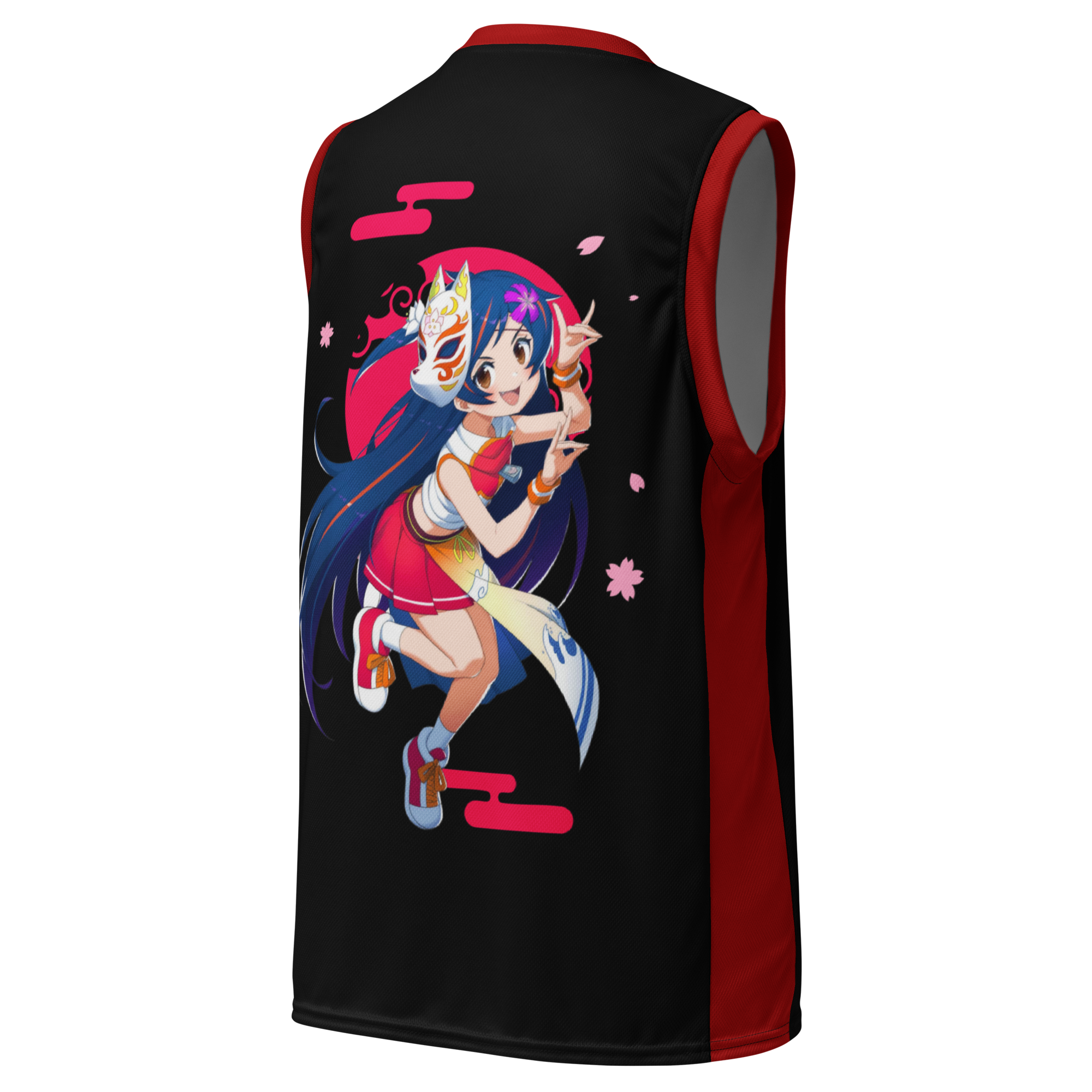
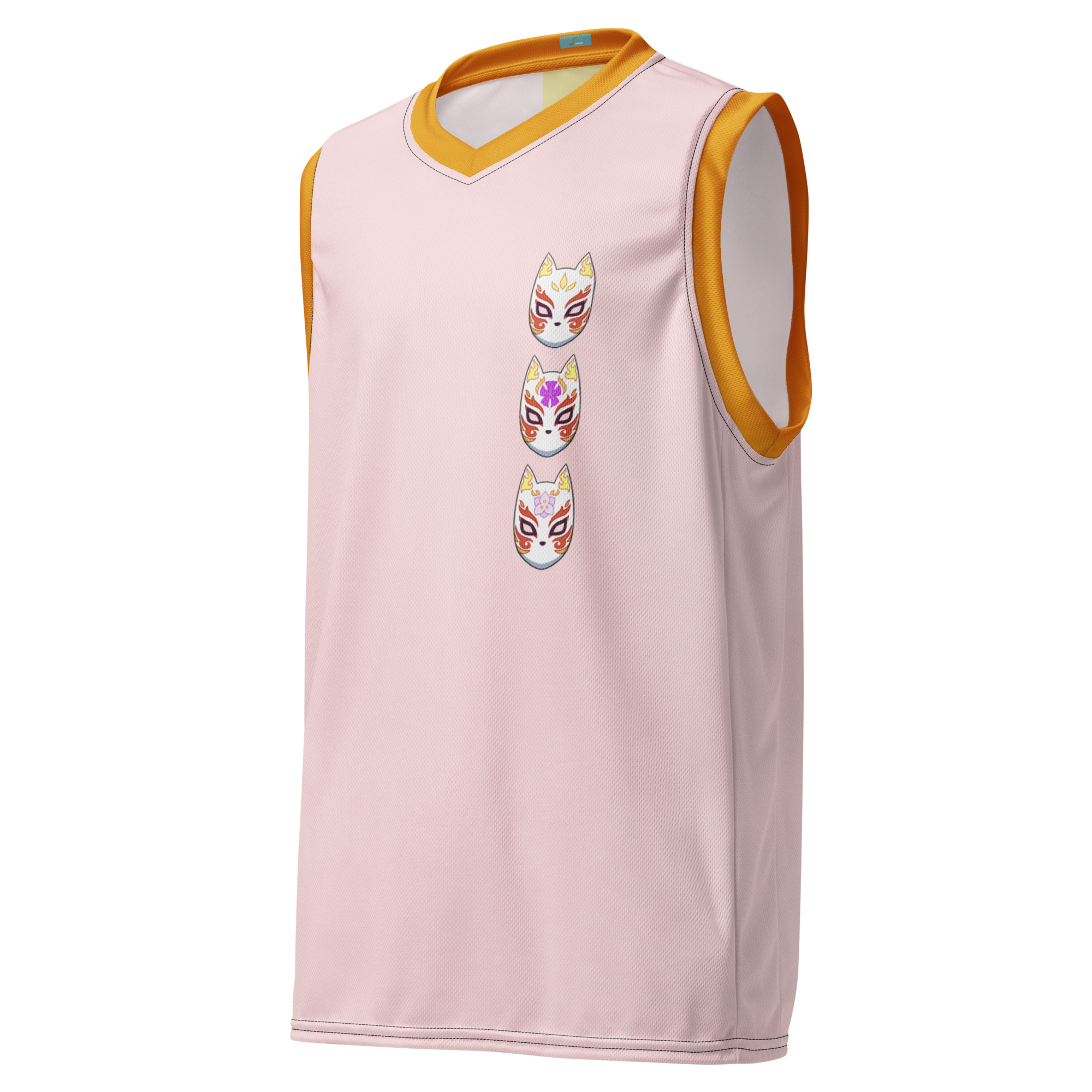

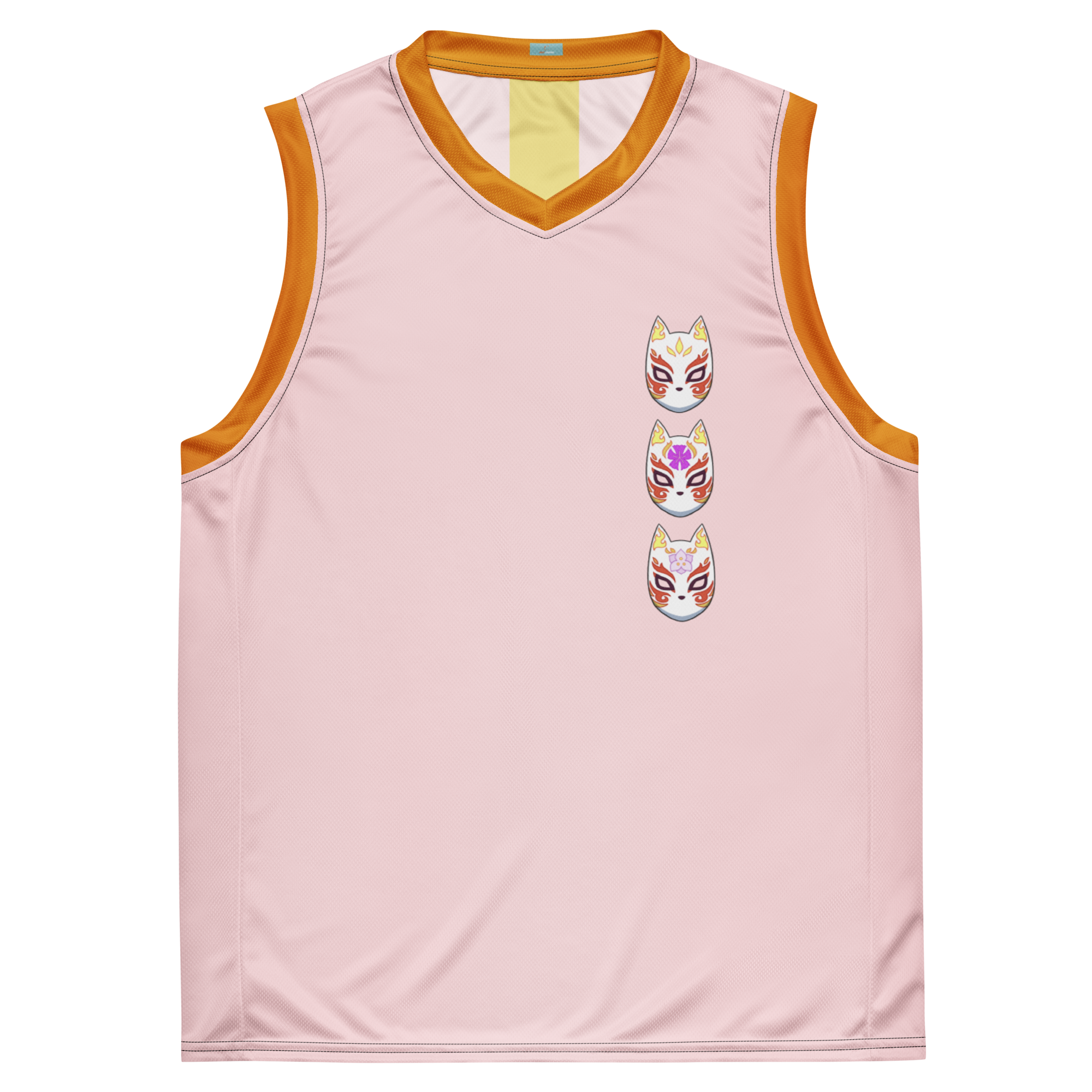


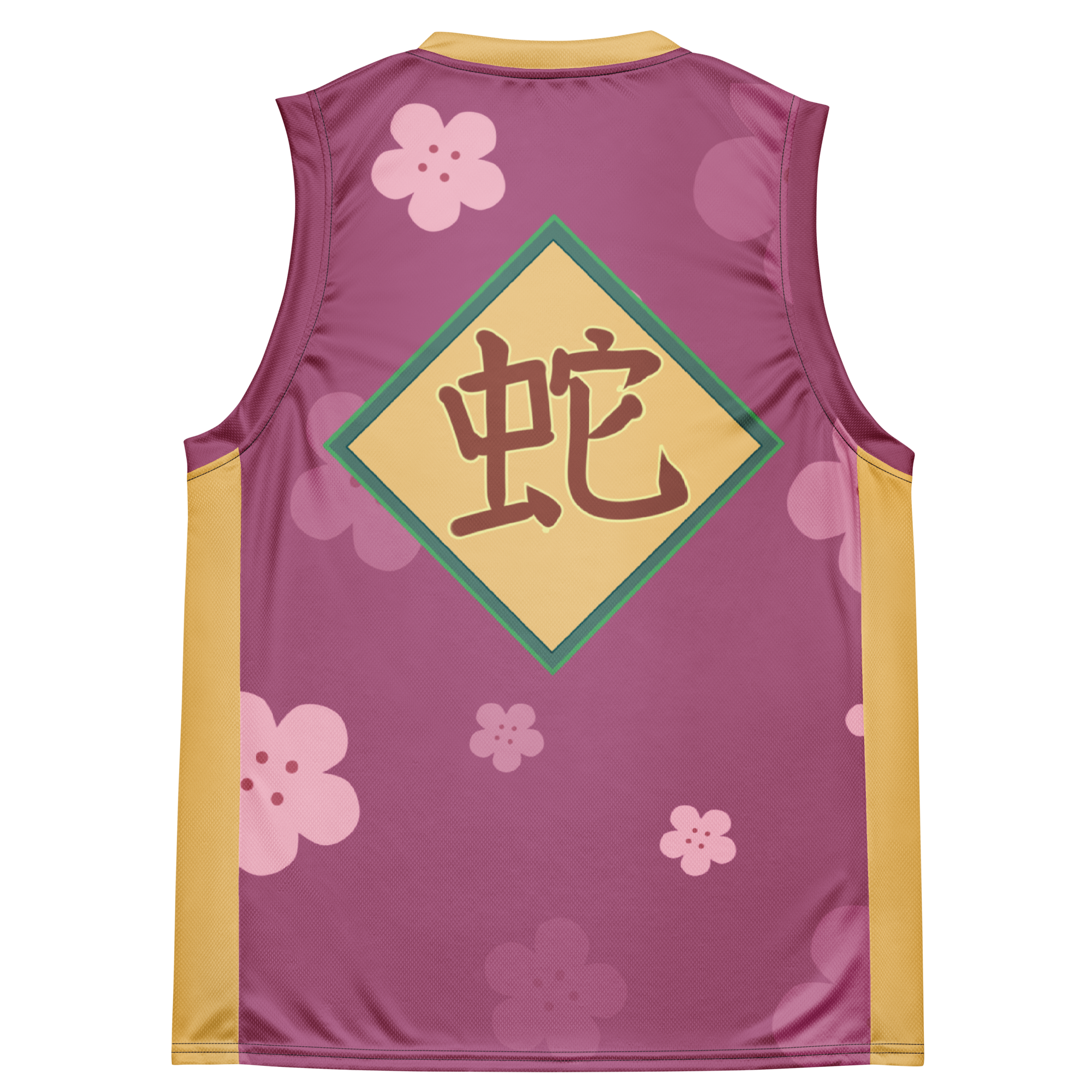

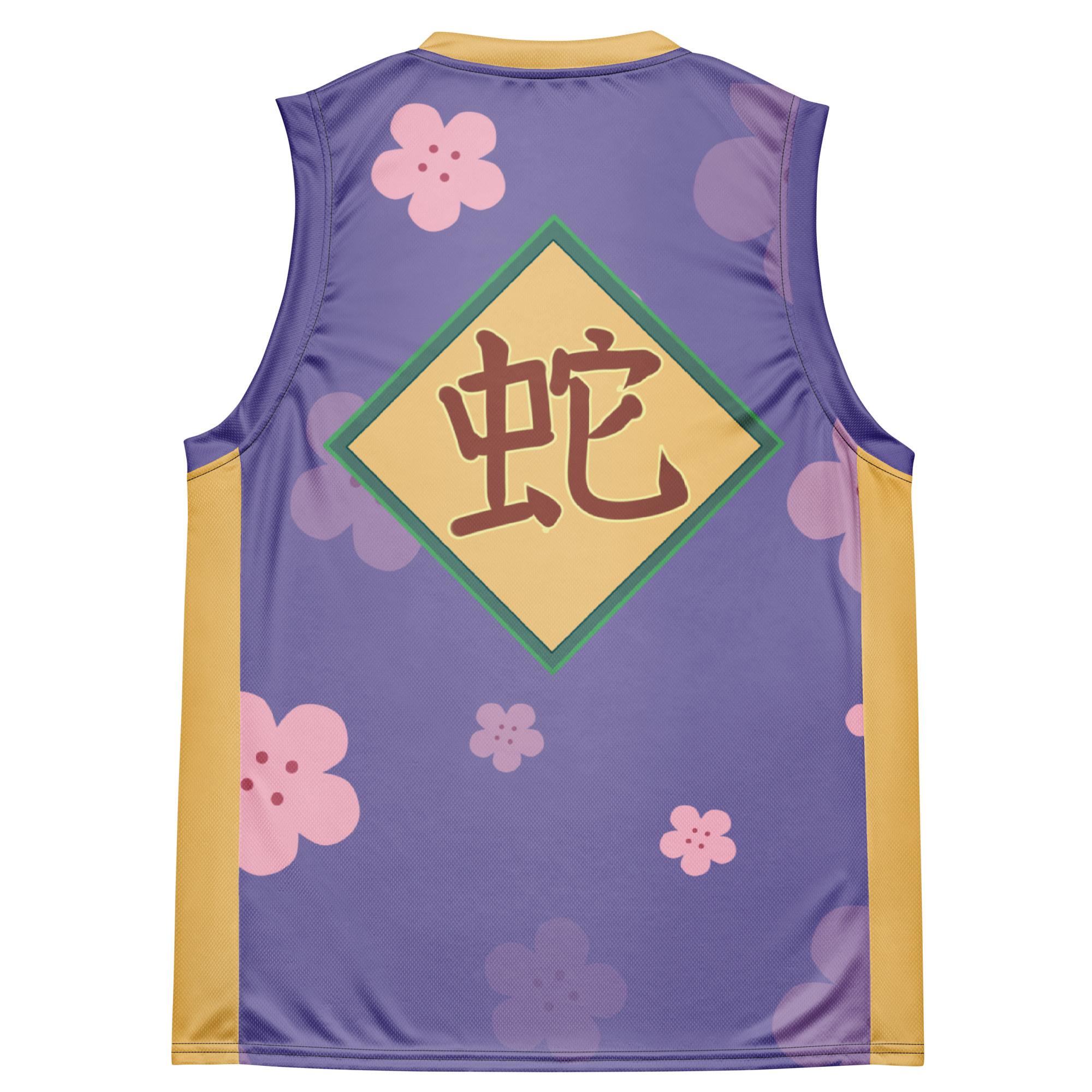

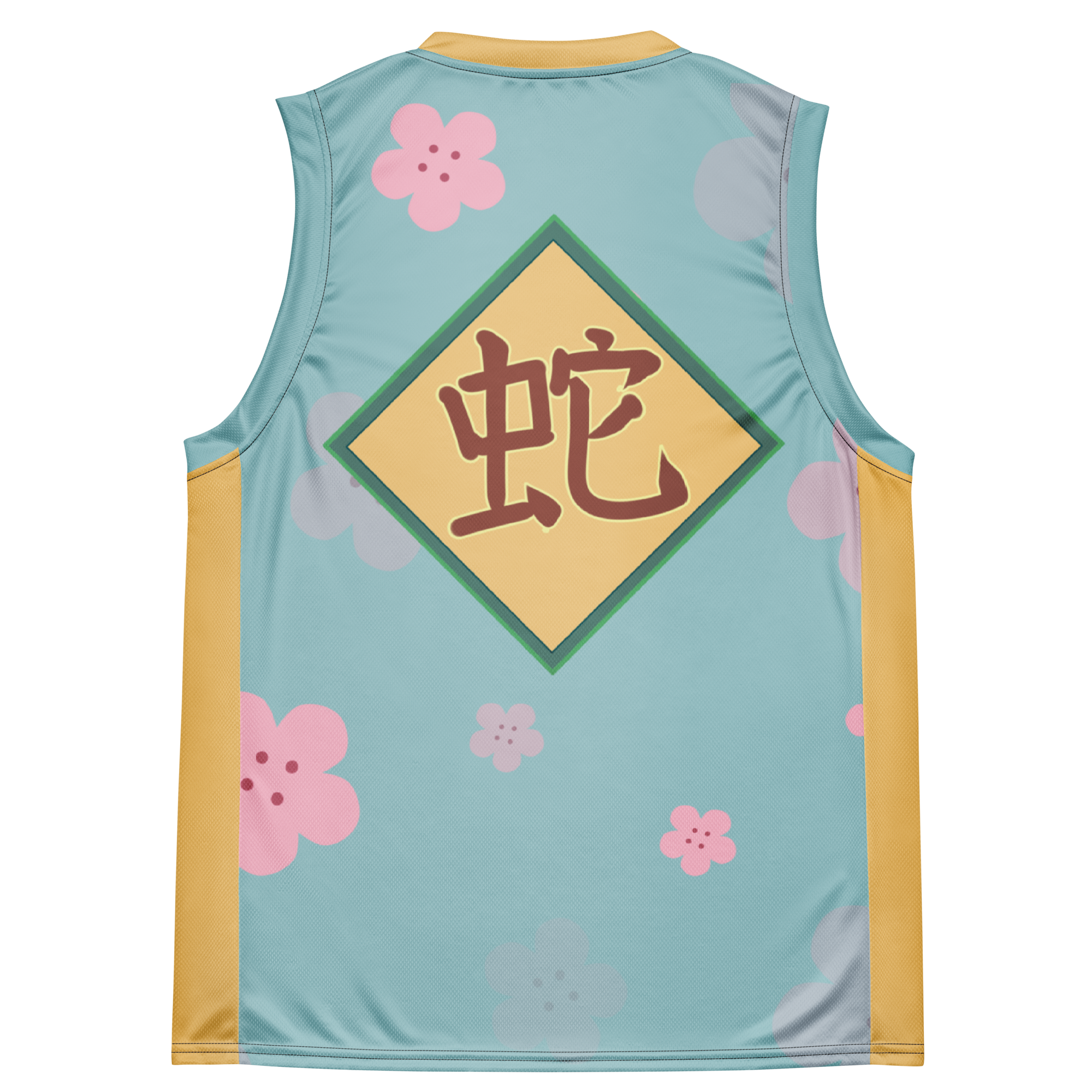



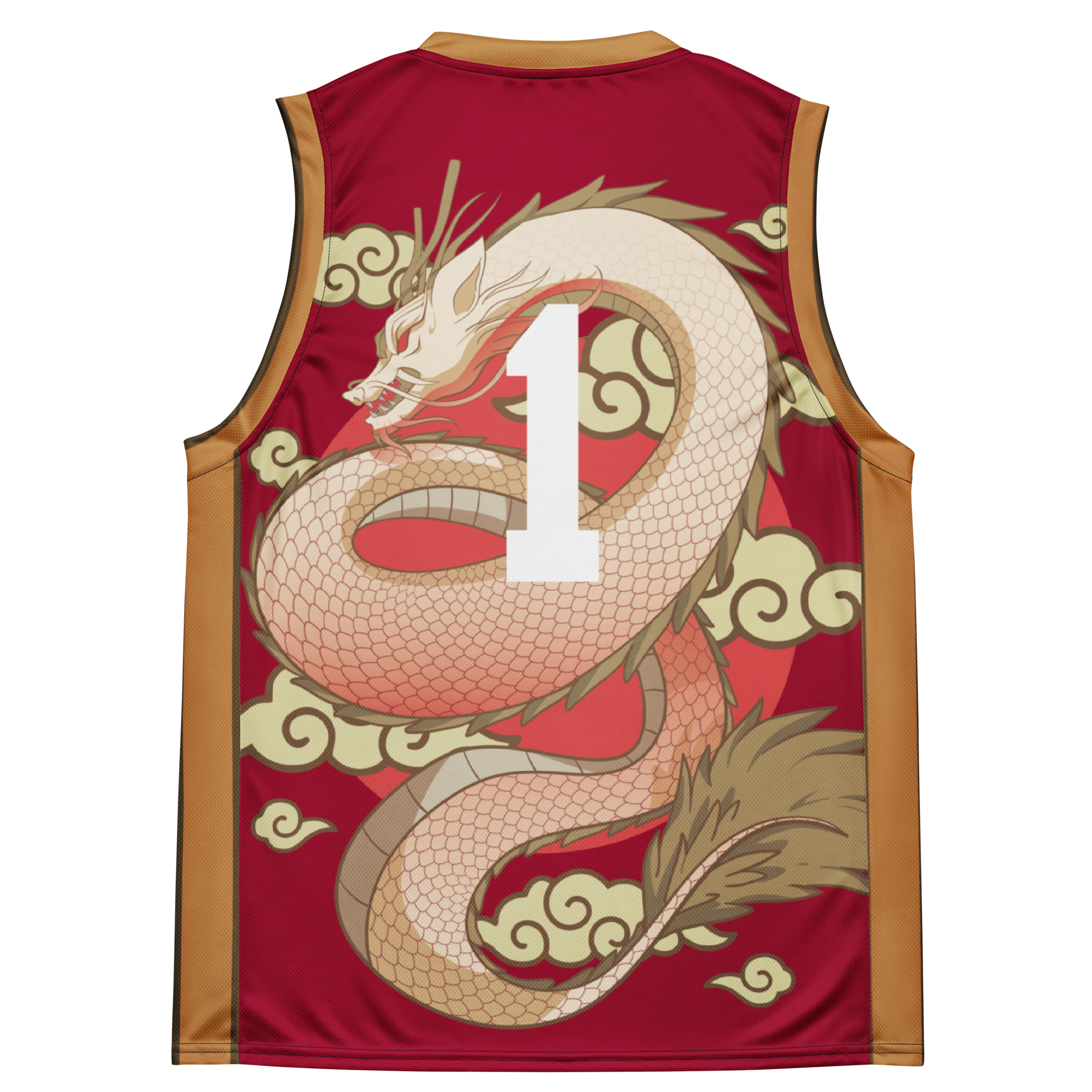









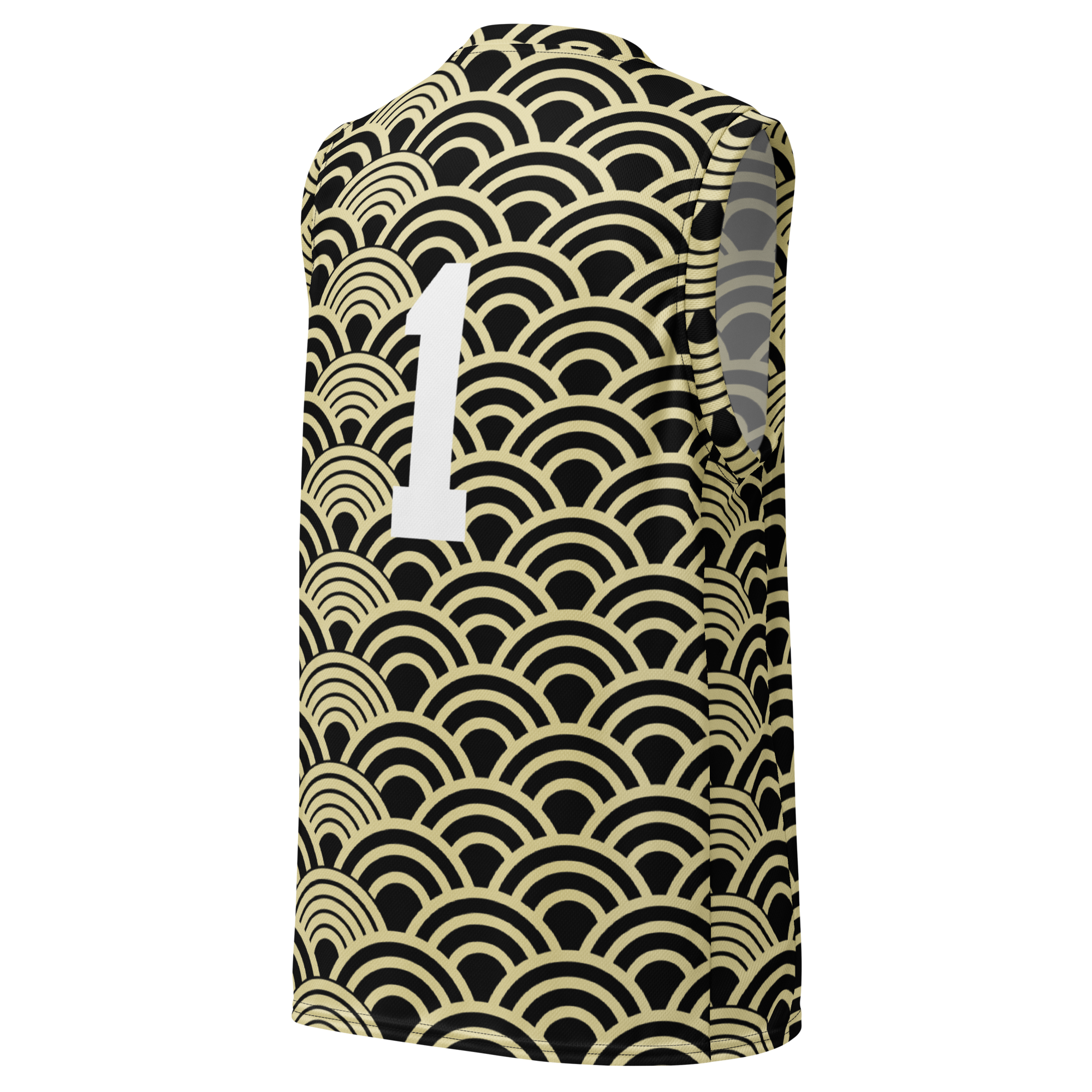
Leave a comment